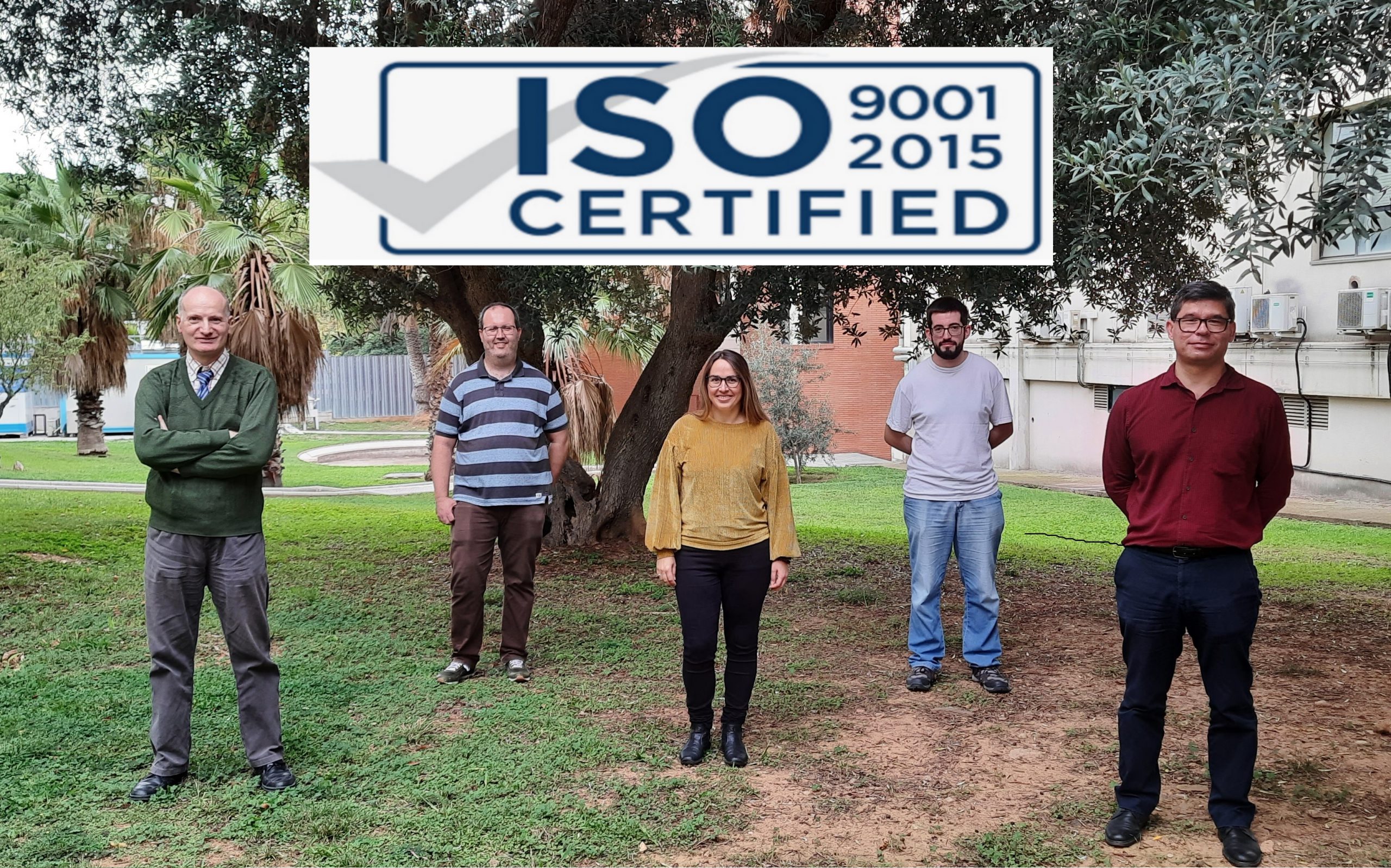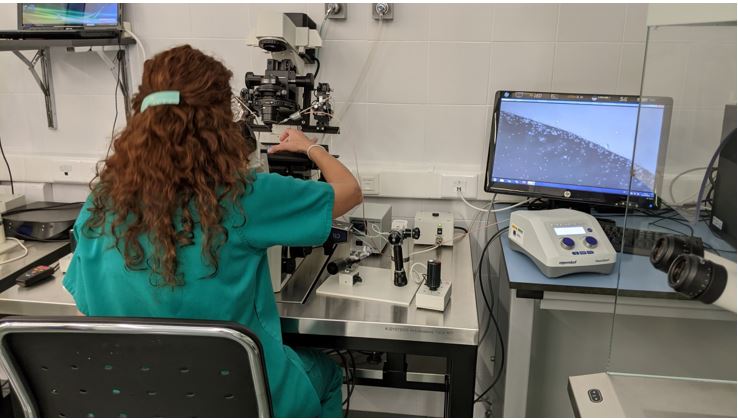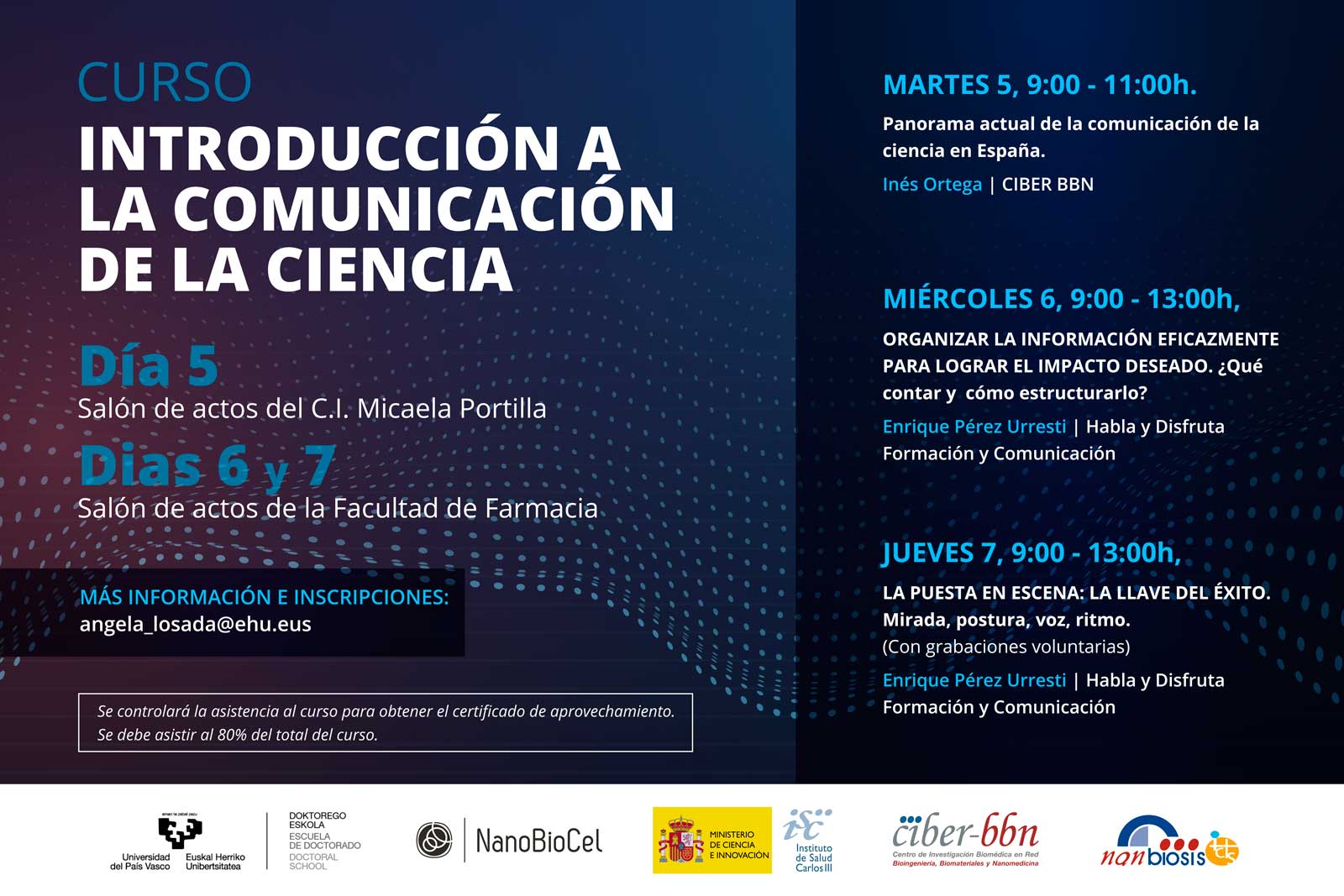ISO 9001-2015 Quallity Management Certification for NANBIOSIS U12
NANBIOSIS U12 “Nanostructured liquid characterization unit” of IQAC-CSIC and CIBER-BBN, led by Dr. Carlos Rodriguez Abreu and D. Jordi Esquena, has implemented a Quality Management System for the scope of Technological service for characterization of colloidal dispersions, which fulfills the requirements of the standard ISO 9001:2015. An IQNet recognized certificate has been issued by AENOR last week.
This certification will expand and consolidate the service that Unit 12 of NANBIOSIS is giving to companies and public sector researchers and facilitate their integration in cooperative international projects.
The ISO 9001 Standard is the most widespread Quality Management tool worldwide, with over one million certificates in 175 countries. The main objective of the standard is to increase customer satisfaction through continuous improvement processes. It is designed so that the organizations that apply it can guarantee their ability to offer services that meet the requirements of their customers. This international standard promotes the adoption of a process-based approach when the effectiveness of a quality management system is developed, implemented and improved, based in turn on the PDCA (Plan, Do, Check, Act) continuous improvement cycle.
The main benefits derived from ISO 9001 certification for organizations are: systematization of operations, improvement of internal organization, generation of a higher level of confidence in the internal and external environment, increased competitiveness, guarantee of compliance with legislation and regulations related to products and services, among others





















